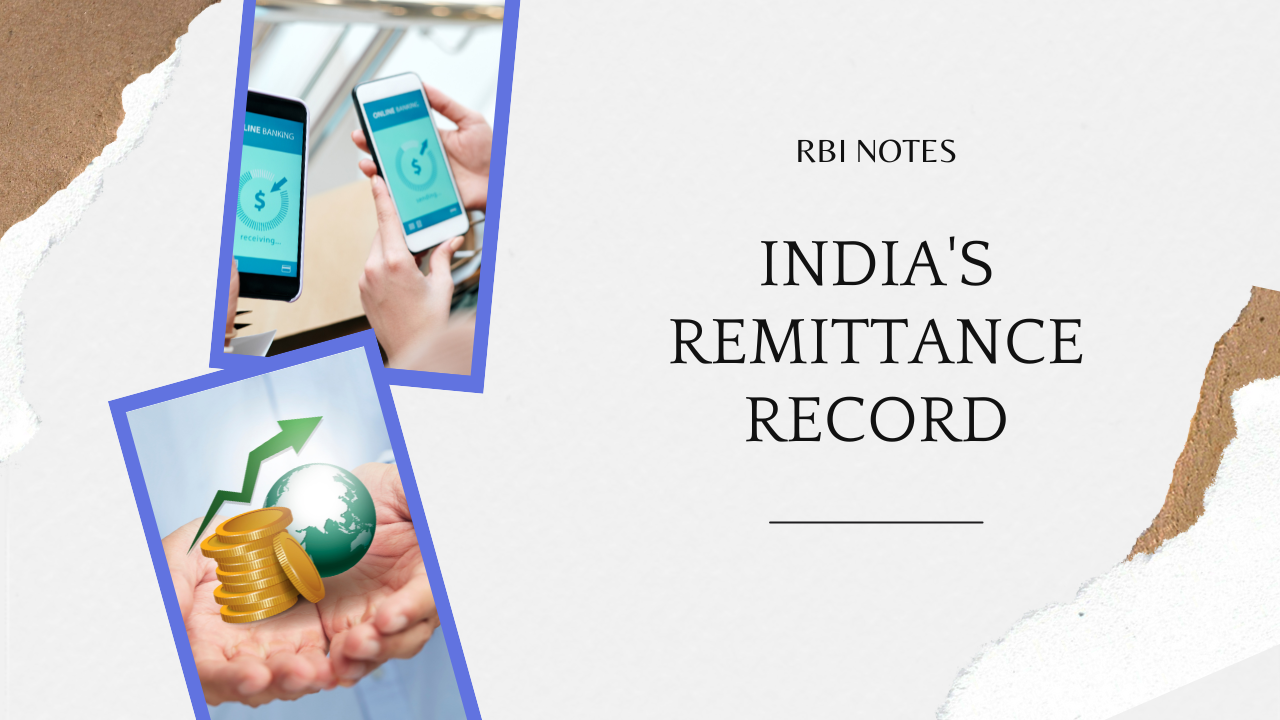India led the world in remittances in 2023, receiving an impressive USD 120 billion, a 7.5% increase from the previous year, according to the World Bank’s report titled “Migration and Development Brief 40 June 2024: Remittances Slowed in 2023, Expected to Grow Faster in 2024”. This achievement underscores India’s significant position in global remittance flows, outpacing other major recipient countries such as Mexico, China, the Philippines, and Pakistan.
Global Remittance Landscape in 2023
- Top Five Recipients:
- India: USD 120 billion
- Mexico: USD 66 billion
- China: USD 50 billion
- Philippines: USD 39 billion
- Pakistan: USD 27 billion
- Top Source Countries: The primary destinations from which these remittances originated include the United States, Germany, Saudi Arabia, Russia, and the United Kingdom.
Factors Driving India’s Remittance Growth
India’s remittance growth is attributed to several key factors:
- Strong Labor Markets and Economic Stability: The United States, where a significant portion of India’s skilled workforce is employed, contributed greatly to this inflow, alongside GCC countries like Saudi Arabia, UAE, Kuwait, Oman, and Qatar.
- Policy Support: Agreements such as the one between India and the UAE in February 2023, promoting the use of local currencies for cross-border transactions, have facilitated smoother and more formal remittance channels, boosting the overall inflows.
Future Projections
The World Bank forecasts that remittances to India will continue to grow:
- 2024: Expected to increase by 3.7% to USD 124 billion.
- 2025: Projected to reach USD 129 billion, marking a 4% growth.
Economic Impact and Policy Recommendations
The World Bank’s report also highlights the broader implications of these remittance flows:
- Economic Stability: The diversification of India’s migrant workforce—split between highly skilled workers in OECD countries and less-skilled workers in GCC countries—ensures a more stable remittance flow, even in the face of potential external economic shocks.
- Policy Recommendations: For advanced economies, the IMF suggests expanding social safety nets, investing in AI-related training, and enhancing global cooperation to manage the impacts of AI on job markets.
India’s leadership in global remittance flows not only reflects the strong ties between its diaspora and the domestic economy but also points to the resilience and adaptability of its economic policies in harnessing these resources for sustained growth.
Connecting Remittance Trends with Career Opportunities in Government Jobs
India’s remarkable achievement of topping global remittance flows in 2023 highlights the country’s robust economic ties and the opportunities for those aiming to work in government sectors. Aspirants preparing for RBI Grade B and other government job exams should understand the macroeconomic factors influencing remittances, as these topics are often part of the RBI Grade B syllabus and exam pattern. A solid grasp of these economic indicators can also help candidates assess the potential RBI Grade B salary in the context of evolving economic trends.


